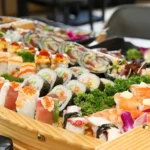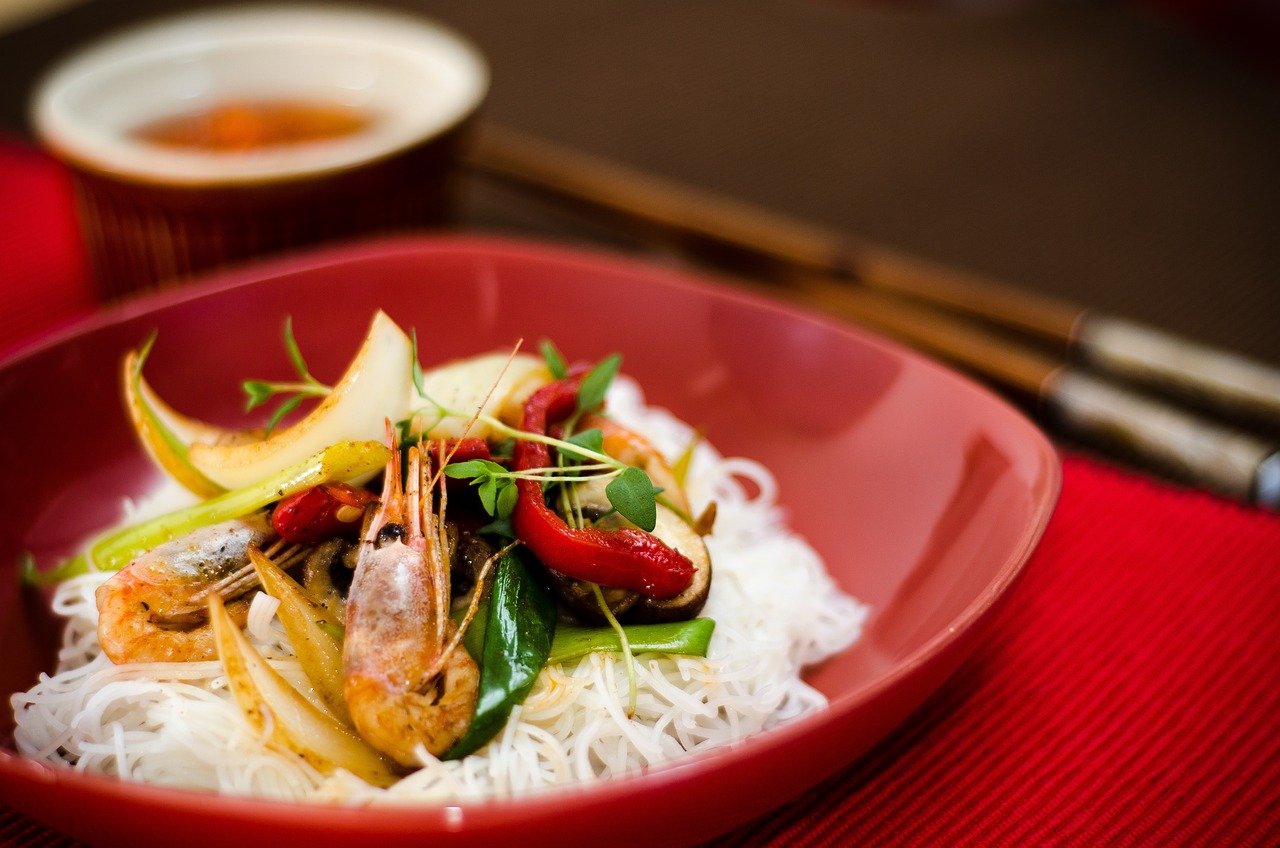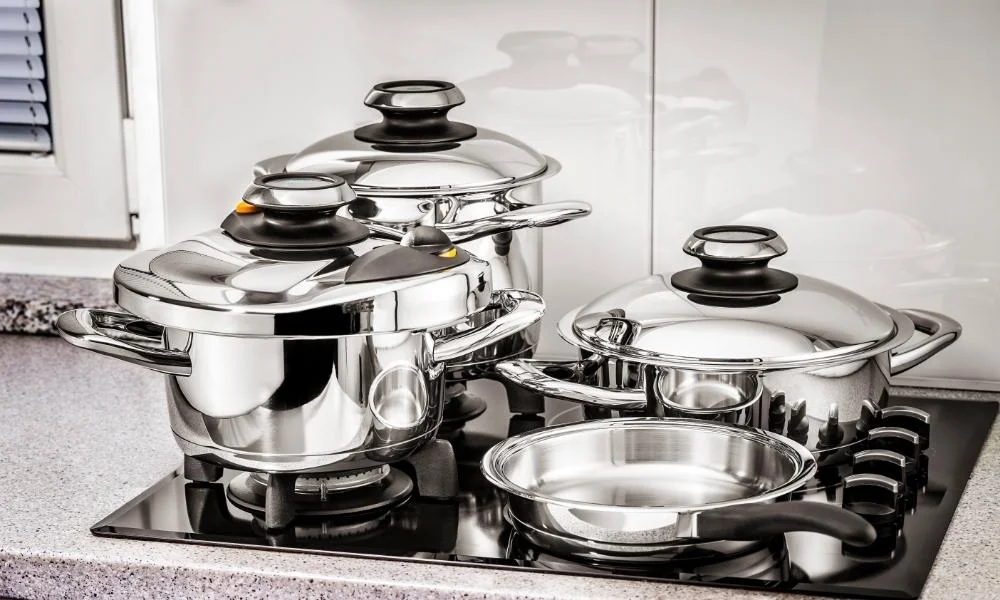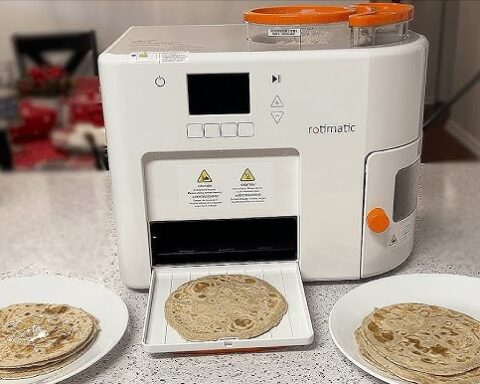Planning your emergency food storage is an important part of disaster preparedness. For those with gluten intolerance, stocking survivable foods that align with a gluten free diet is key to stay healthy in high-stress emergency situations when infrastructure breaks down or GF foods are difficult to find. This guide covers everything you need to know about safely storing the best gluten free survival foods that provide adequate nutrition tailored for emergency preparedness.
Why Stockpile Gluten Free Survival Foods
Having a stockpile of non-perishable gluten free foods in case of an emergency situation provides important advantages:
Avoid Gluten and Feel Your Best to Handle Stress
Emergency situations come with physical and emotional stressors that can exacerbate symptoms for those with gluten intolerance. Eating the wrong foods that trigger these symptoms can make situations far more difficult to handle. Sticking with safe GF foods avoids inflammation and GI issues so your body can focus on more pressing needs.
Reliable GF Food Sources If Infrastructure Fails
Natural disasters, wars, or plain old Y2K-style tech issues could severely disrupt food shipping and access to grocery stores. Stockpiled GF staples ensure you have a backup supply of foods that meet your dietary needs, regardless of store inventory.
GF Survival Food = Security and Comfort
Having a reserve of go-to comfort foods can provide mental reassurance in stressful and unpredictable situations where control is limited. Knowing your family won’t go hungry and has foods they enjoy eases tensions all around.
Storing Gluten Free Survival Foods
To reap maximum benefit from stockpiled GF survival foods, proper long term storage is key for an adequate emergency food supply.
Focus on Long Shelf Life of 5-10 Years
Look for GF foods with longer shelf lives extend beyond the standard 1-2 years. Foods that retain optimal quality for 5+ years ensure having an emergency food supply that lasts through longer disruptions. This requires careful inspection of expiration dates before purchasing bulk foods.
Key Tips for Maximizing Shelf Life:
- Opt for freeze-dried, dehydrated, smoked, and pickled items which resist spoilage better than other preservation methods.
- Purchase food-grade products packaged specifically for long term food storage when possible.
- Use oxygen absorber packets to clear oxygen from containers, the main cause of food rot.
- Store in a consistently cool area like a basement instead of fluctuating garage temps.
Proper Storage Methods to Prevent Spoilage
GF survival food will only last as long as storage conditions prevent spoilage, mold growth, and nutrient degradation. Follow these tips religiously:
- Store foods in food-grade plastic buckets or mylar bags with oxygen absorbers to maintain freshness and prevent insects/rodents. Add smaller bags to organize different food types.
- Avoid humidity and temperature fluctuations. Find the coolest, darkest storage spot in your home like a basement closet.
- Ensure lids seal airtight on containers to keep oxygen out and prevent pantry moth infestations.
- Label containers with contents and date to track rotation. Stick to first-in-first-out system.
- Inspect stockpile every 6 months for signs of moisture, spoilage, and insect weevils or eggs. Immediately remove and replace compromised foods.
Key Nutrients Provided by GF Survival Foods
When building up a stockpile, it’s important to focus on GF foods that provide nutrients vital to maintain health in stressful situations where nutrition might be compromised or physical exertion is high:
Protein to Preserve Muscle Mass
Protein helps sustain energy, strength, and muscle mass when activity levels spike during disasters. Unfortunately common sources like bread, pasta, baked goods aren’t GF-friendly. Stockpile these instead:
- Canned beans and lentils – 16g per cup
- Nuts/seeds/nut butters – 8g per oz
- Canned salmon – 22g per can
- Peanut butter powder – 8g per 2 Tbsp
Healthy Fats for Energy and Vitamins
Healthy fats help regulate hormones, vitamin absorption, and provide stored energy when calories run low. The American Heart Association recommends obtaining 25-35% of total calories from fats so don’t skimp:
- Nuts – 14g per oz
- Nut/seed butters – 16g per Tbsp
- Oils – Olive, avocado, grapeseed
- Coconut flakes, cream, milk – 12g per cup
Fruits/Veggies to Protect Micronutrient Levels
Stress and poor nutrition deplete vitamin/mineral stores quickly. Packing freeze dried or canned produces ensures sufficient micronutrients to stay healthy:
- Canned veggies – Carrots, spinach, tomatoes
- Dried fruit – Raisins, cranberries, apricots
- 100% fruit leathers or bars
- Freeze-dried fruit/veg powder
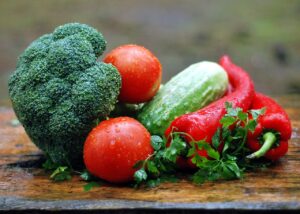
The Best Gluten Free Survival Foods to Stockpile
Constructing the perfect GF emergency food stash requires choosing non-perishable items aligned with your households’ preferences that also store well. Here are practical suggestions:
GF Grains/Starches Provide Carb Fuel
Complex carbohydrates like rice, corn and starchy veggies efficiently fuel muscles:
- White, brown, wild, basmati rice – lasts 30+ years
- Rice noodles, corn pasta – 10 year shelf life
- Rolled oats, gluten free oatmeal, cereal
- Corn flour, cornmeal, polenta, grits
- Buckwheat flour – high protein + fiber
- Potato flakes, sweet potato powder
- Quinoa/amaranth flour
Top Tips: Brown rice, buckwheat, amaranth offer higher fiber and nutrients vs white rice. For variety stock bread, pancake, and baking mixes labeled certified GF.
Protein-Packed Foods for Strength
Incorporate various plant and animal protein sources. If vegetarian/vegan, emphasize pea/bean proteins:
- Canned beans – Black, pinto, kidney, chickpeas
- Lentils – Red, brown, green
- Canned salmon, sardines, chicken
- Peanut butter powder
- Nuts – Almonds, walnuts, pecans
- Seeds – Chia, flax, hemp, pumpkin
Canned meats provide easily cooked protein but require rotating more frequently than other items.
Freeze Dried Fruits, Vegetables, and Meals
Freeze drying best preserves nutritional value vs canning so premium survival food kits often utilize this method. Stock kits with full GF meal components like:
- Breakfast – Oats, cereal, milk powder, bars
- Lunch/Dinner – Rice, quinoa, soups, chili
- Snacks – Fruit, nut mixes
- Drinks – Coffee, electrolyte mixes
When purchasing bulk produce, higher moisture berries and stone fruits hold up better than watery melons or greens.
Comfort Foods Lend Normalcy
Don’t forget to stock morale-boosting comfort foods:
- Chocolates, candies, jams – Store in cool spot
- Popcorn, potato chips, pretzels – Seal tightly
- Coffee, tea, powdered milk
- Condiments – Soy sauce, vinegar, oil
Bonus if certified GF labels but read ingredients carefully on mass market brands to confirm.
Additional Tips for Building GF Survival Stockpile
Follow this extra guidance to build well-rounded reserves:
Rotate Stock Every 6 Months
Set reminders to use and replace items nearing expiration dates to keep freshness maximized. First-in-first-out methods prevent waste.
Store Cooking Equipment Too
Stockpile back up pots, pans, utensils, can openers, paper plates alongside food because access could get disrupted.
Buy Food You Already Enjoy
Skip buying ingredients completely foreign to diets because stressful situations limit enthusiasm for experimentation. Stick to current favorite foods.
Mix Up Flours for Variety
Having several gluten free flour options offers flexibility for baking a wider range of homemade breads or desserts.
Download GF Recipes
Print out or save recipes to mobile devices so if power/internet fails, you retain access to instructions for using foods.
Building up a deep stockpile tailored to your household requires an investment of time and money but pays off greatly in peace of mind knowing your family won’t go hungry if disasters strike. Follow best practices for storing nutrient-dense gluten free foods to thrive in emergencies!
Making Gluten Free Survival Foods Taste Good
Emergency food stockpiles serve the critical purpose of sustaining you through disasters, but often utilize shelf-stable ingredients that prioritize practicality over palatability. Thankfully several tricks exist to make bland survival foods more enjoyable:
Use Spices and Condiments
Stockpile extra spices beyond just salt and pepper to punch up flavor. Chili powder, cumin, oregano, basil infuse big taste without using recipes. Soy sauce, vinegar, olive oil also offset texture issues in dried and canned foods.
Cook with Canned Coconut Milk
Canned coconut milk makes an ultra-rich, delicious cooking liquid. Simmer plain rice, oats, or beans in coconut milk instead of water for a flavor and creaminess boost. Powdered coconut milk works too.
Bake with Chocolate Chips
Sweeten the deal by incorporating chocolate chips into pancakes, muffins, breads, granolas baked from your dried ingredients. Not the healthiest survival food but offers comfort.
Dry Herbs, Teas, Bouillon
Dried onion, garlic, bouillon cubes bring welcomed savory flavors when reconstituted into rice mixes, soups, gravies from powders. Mint, chamomile, ginger teas provide familiar comforting rituals.
Disguise Textures with Sauces
If overly soft canned veggies or dried crunchy beans don’t appeal, hide less desirable textures under flavorful homemade sauces. Tomato paste + spices = quick pasta sauce or gravy.
Learn New Cooking Methods
Experiment with veggie/rice fried rice, vegetable pancakes, bean flatbreads or vegetarian chili using stockpile ingredients in unexpected ways. Creative cooking mitigates food boredom.
While survival food ingredients can’t replicate fresh produce or just-baked bread, carrying flavor enhancers andlearning new cooking techniques keeps your meals from becoming monotonous or miserable during stressful situations.
Avoiding Cross-Contamination When Cooking GF Survival Foods
Those adhering to a strict gluten free diet know even trace amounts of gluten can trigger painful symptoms. Avoiding cross-contamination when cooking with emergency food stocks proves more challenging but absolutely critical.
Dedicate GF-Only Cooking Equipment
Isolate pots, pans, utensils used for GF cooking from ones used for glutenous ingredients to prevent carryover. Label items clearly. Stock extras.
Establish Defined GF Storage & Prep Areas
Choose one shelf of pantry, section of countertop exclusively for GF foods/tools marked clearly to mitigate mix-ups. Clean thoroughly before/after use. Consider color codes.
Always Wash Hands Thoroughly Before/After Cooking
Vigilant hand washing before touching any ingredients or tools eliminates chance of transferring microscopic gluten particles from one food to another.
Cook GF Portions First or Double Up Tools
If cooking mixed menus for family where cross-over seems inevitable given limited supplies, either cook all GF portions first with sanitized equipment OR allocate doubles of pots/tools for simultaneous gluten/GF cooking.
Scrub Surfaces, Take Out Trash Frequently
Disinfect counters, stovetops thoroughly prior to GF meal prep especially if recently used for gluten containing foods. Remove garbage frequently to prevent cross-contamination from drips/crumbs.
Use Paper Plates, Napkins if Possible
Stock extra paper goods to minimize need for washing dishes/utensils used for both GF and non-GF eating to eliminate traces left behind on shared items.
Adjusting cooking methods during emergencies requires awareness and prep but prevents painful gluten exposure. Define gluten free zones, dedicate GF tools, wash vigilant hands, contain/remove waste promptly, and use disposables to keep your food safe.
Recommended Gluten Free Survival Food Kits
Searching for and assembling all the best GF survival foods proves incredibly time consuming. Several companies sell pre-packed GF food kits for emergencies containing 30-60 day supplies for 1-4 people. I recommend these three reputable brands:
1. Mountain House GF Emergency Food Bucket
- 60 servings grains/meats/veg/fruits
- 25 year shelf life
- Made in GF facility
- $130, ships in 1 week
2. Augason Emergency Food Supply Kit
- 56 gluten free breakfasts & entrées
- 25 year shelf life
- $200, ships in 2 weeks
3. Dave’s Doom Stash GF Food Bucket
- 35 day supply for 1 person
- Certified gluten free manufacturing
- $99, ships in 3-5 business days
I suggest ordering directly from company websites rather than 3rd party vendors to ensure reliably gluten free origin. Compare nutritional profiles to find best macro balance for your situation. Read Amazon reviews but take some with a grain of salt that complain about bland taste given non-perishable nature. Their purpose serves function over flavor.
Investing in a purpose-built GF emergency food kit eliminates the guesswork so you have reliable, safe foods to sustain your household through disasters for weeks. I suggest ordering one bucket per family member as reserves to supplement additional purchased survival ingredients.
Having an ample supply of nutritious gluten free foods forms the foundation for health and resilience when facing emergencies or disasters that disrupt infrastructure and regular access to groceries. Use this guide to stock up on shelf-stable GF grains, proteins, fruits and vegetables tailored to your preferences and dietary needs. Master proper storage methods for longevity and follow best practices when cooking to prevent contamination. With some planning, those adhering to a GF diet can rest easier knowing they’ve prepared special stockpiles to nourish their household safely.



